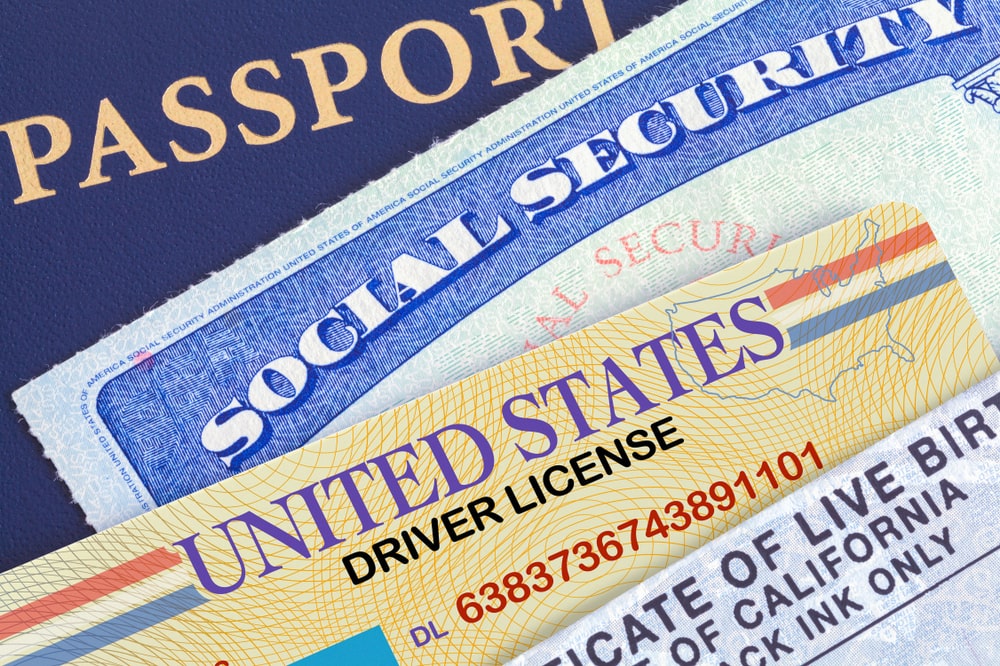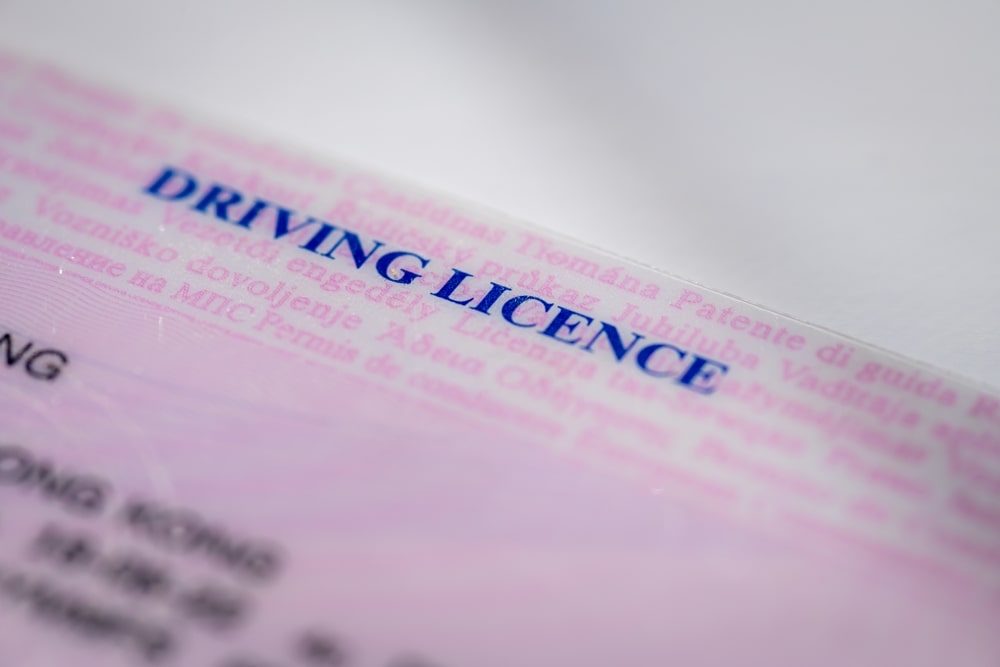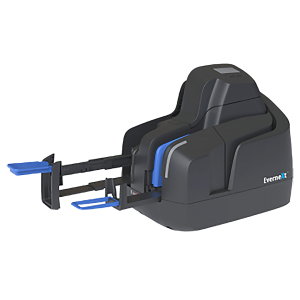
Document Verification
Many business categories need reliable methods of verifying their customers’ identities to reduce the risk of identity fraud, and in the case of Financial Services also to be compliant with KYC (know your customer) and AML (anti-money laundering) regulations.
A balance must always be struck between business requirements and customer experience, since excessive identification measures can be found inconvenient or intrusive. Panini's solutions are designed to provide an effective yet low-friction approach to identification.


Is the document legitimate ?
Businesses use identity verification to ensure that a customer does not purchase a product or sign up for a service with a stolen identity, or for other controls such as verifying a customer’s age when purchasing a restricted product.
Document verification determines the authenticity of an officially issued identification document such as a driver’s license, passport, birth certificate or other, and is usually part of a broader identity verification process: within an onboarding process, verifying that a customer’s identity matches the provided documentation is pointless if there is no guarantee that the document is legitimate in the first place.
Digital document verification methods will capture and submit document images and/or data to a verification engine, which will indicate whether the document is likely to be authentic.
How to verify documents
Verification methods leverage the various types of security measures the different document categories contain.
Passports are very rich in security features and usually require the dedicated readers you see at border control.
Other ID documents are made of special paper or in ID-1 sized plastic card format. If the card contains a barcode, the holder’s data can (at minimum) be compared to the printed, human-readable data on the document itself. If it embeds a chip, you will likely gain access to chip data by providing an OCR-decoded string or another type of key; then you may verify the collected data – even a picture and/or a fingerprint – against the holder. Digital documents – such as the mDL (mobile Drivers’ License) in the U.S. – are the mobile, immaterial version of chip-inclusive ID documents, and they transmit digital data, when authorized, via NFC or barcode.
Finally, ID documents – even the ones with no barcode nor chip – can be scanned with white, infrared and/or ultraviolet light to leverage security features embedded in the printing such as watermarks, holograms, and font conformity. Machine learning technology is used to train verification engines and continually improve their ability to detect clues of possible fraud or forgery.


The Convenience factor
The more security, the better—except when it comes to customer experience. When customers are required to jump through hoops to sign up for a service or access their accounts, they might easily feel bothered. Digital methods of document verification can simplify the first step of the identification process and help remove the barriers between customers and your business, and at the same time maintain security best practices.
Hardware equipment used for document verification will vary in form, functionality and price, and devices capable of coping with a range of different authentication methods can easily end up bulky, complex and costly. Panini’s consolidated design approach allows an ideal balance between functionality, effectiveness, ergonomics and affordability.
Sign up now to receive our Emerging Technologies Report
Learn how newly developed technology will play a role in the future of bank branches as banks and banking relationships continue to evolve.
Recommended links
Our solutions supporting
Document Verification
BioCred can read and scan both physical and digital identity documents, to make data available to your CRM and/or to the verification platform of your choice. The EverneXt intelligent cheque scanner also includes an ergonomic ID card scanning functionality.





